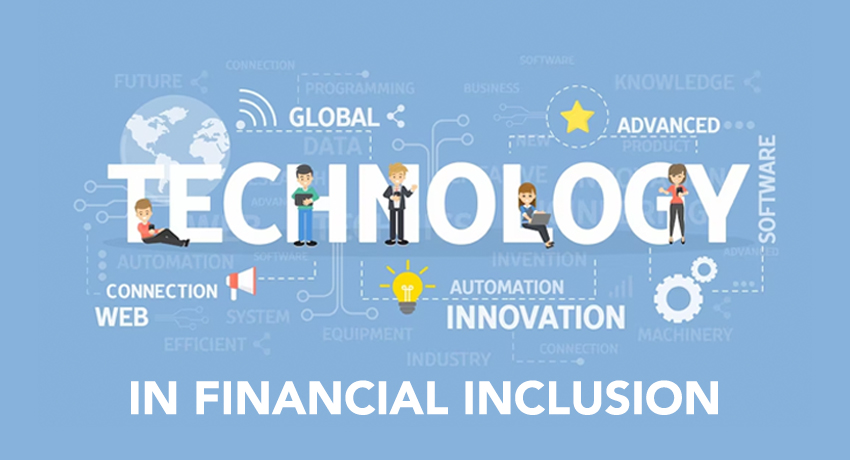The start of the ‘technology era’ was a turning point for human evolution. The invention of ‘the wheel’ was the beginning of one of the most important eras of humankind. Over the years, technology along with its surroundings has evolved manifold and today, it is upholding several aspects that humankind as a society is striving to achieve. One very critical element in modern times is financial accessibility and inclusion.
Technology plays a critical role in advancing financial accessibility and inclusion, which refers to the access and use of affordable and appropriate financial products and services by all segments of society, particularly those who are underserved or excluded from the traditional financial system.
Tech elements that have furthered financial inclusion
- Digital payments refer to access to traditional banking services to make and receive payments. Digital payment has offered safe, convenient and cost-effective ways to conduct financial transactions, including remittances, bill payments, and peer-to-peer transfers, without needing a physical bank account.
Digital payments have witnessed more than 200% growth in digital payment volume since FY18-19. Total transaction value is expected to show an annual growth rate of 15.56% resulting in a projected total amount of US $ 321.70 Bn by 2027.
It is not only building a payments structure for Urban India but also for the Rural market. As per World Economic Forum, the Digitalization of small and medium businesses could add anywhere between $158-216 billion to India’s GDP by 2024.
- Technology has made it possible for individuals to access basic banking services through online and mobile banking and platforms. It has allowed individuals to check their account balance, make transfers, pay bills and even apply for loans, insurance and other financial services online, eliminating the need for physical visits to brick-and-mortar banks.
The number of mobile banking payments across India in the fiscal year 2019 accounted for approximately 6.2 billion. This was a tremendous increase compared to the previous fiscal year.
For instance, to further the use of online and mobile banking, SEWA – the largest trade union in India has trained 4,00,000 women in digital payment methods.
- Technology has facilitated the use of big data and alternative credit scoring models, which can assess the creditworthiness of individuals who lack a formal credit history. This enables financial institutions to extend credit to those who were previously excluded due to a lack of credit history, thereby promoting financial inclusion.
Today, owing to this, 63 million underserved MSMEs in India are served with a range of customized financial services.
- Technology has made financial education and literacy more accessible to underserved populations through online resources, mobile apps, and educational content. This empowers individuals with knowledge about financial products, services, and best practices, enabling them to make informed financial decisions and manage their money effectively.
- With a rural population of 900 million, the SECC measured that 23.5% of rural households have no adults above the age of 25 who were literate. Illiteracy bars the population in question from accessing financial services since they are unable to open a basic bank account. However, to challenge this issue, biometric identification was introduced which enabled the illiterate population to open and access bank accounts with the help of their fingertips.
For instance, AePS; individuals can withdraw money or enquire about their bank balance with their fingertips. This has proven to be helpful for a number of individuals and has allowed them to be included in the financial realm.
Overall, technology has the potential to democratize access to financial services, reach underserved populations, and promote financial inclusion. However, it is important to ensure that technology is implemented in a responsible and inclusive manner, taking into account issues such as data privacy, cybersecurity, and digital literacy to ensure that the benefits of technology are shared widely across all segments of society.
